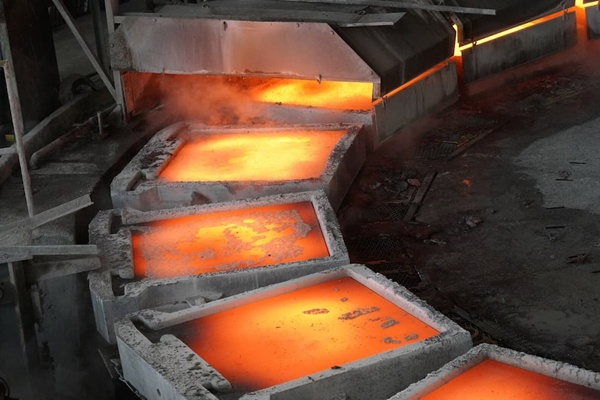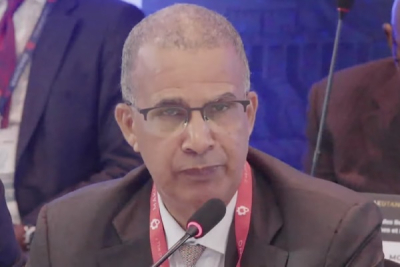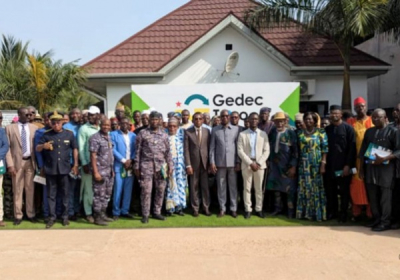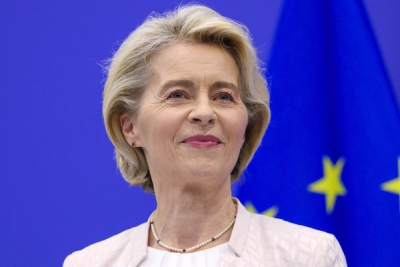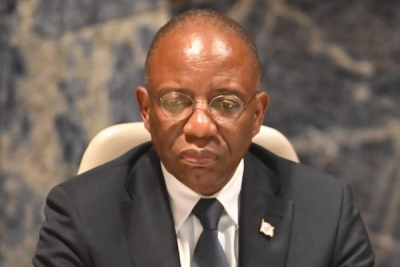Zambia faces an energy crisis that could exert pressure on mining operators in the southeast of the Democratic Republic of Congo (DRC). These operators primarily rely on Zambia to compensate for the insufficient supply of the Congolese utility, Société Nationale d'Electricité (SNEL). The operators import electricity directly, particularly in Katanga, or they purchase diesel to fuel their thermal power plants.
Last month, socio-political unrest in Mozambique and a new refundable tax in Zimbabwe complicated transit procedures, forcing Zambia’s petroleum product distributors to alter their routes, thus prolonging supply times and increasing costs.
According to Zambia's energy regulator, the situation is returning to normal. However, the watchdog announced a 4.2% increase in the cost of a liter of diesel, rising from 28.9 to 30.11 kwachas. Despite this increase, prices remain more competitive than fuel from Matadi, in the west of the DRC. Still, the surge will increase the operational costs of mining companies.
Besides the diesel price increase, Zambia recently raised electricity tariffs to improve the financial situation of its power utility, Zesco. This increase amounts to 115% for large consumers such as mining companies. The Zambian regulator has indicated that this hike in electricity tariffs should only last three months.
At the Makutano 2024 business forum held in Kinshasa from November 13 to 15, SNEL Managing Director Fabrice Lusinde revealed that mining companies have spent nearly $4 billion over five years to address their unmet energy needs. He noted that these exports could increase further next year. Last month, Ivanhoe Mines revealed it is negotiating to boost power imports from southern Africa for the Kamoa-Kakula mine via the Zambian interconnector, from 65 MW now to 100 MW by year-end.
Mining operators work with the SNEL to improve supply, but these efforts remain insufficient. Despite its significant hydroelectric potential, access to electricity in the DRC remains limited. Several dams are planned in the 2025-2028 Public Investment Program, but their completion will not fully address the shortfall. The project for a third dam on Inga is still under discussion; experts suggest it may not materialize within the next ten years.
Georges Auréole Bamba






